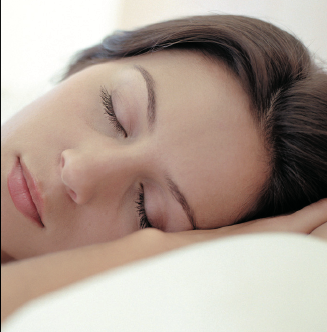MATHEW EDLUND
Contributing Columnist
edlund@lbknews.com
Time rules life, how it’s lived and performed. Time and our inner clocks make most of our  lives possible.
lives possible.
Consider the monarch butterflies that unerringly cross Canada, the United States, and as good citizens of these NAFTA states, direct themselves to the same valley in central Mexico. How do they do navigate so brilliantly?
They use inner time. The look at the sun, and time its flight.
Now a group believes it has figured out how the monarchs actually do it. They use one set of nerves cells in the eyes that correctly positions the azimuth of the sun, and a second set in the brain which tells them very precisely where they are in the 24 hour day. Using a relatively simple model which mathematically connects the two inputs, they were able to demonstrate how closely the monarchs can follow a simulated flight path in a lab. Small insects routinely fly thousands of miles to the correct spot, constantly corrected by their inner sense of time.
People are capable of similar fates. It’s better if we use our extraordinary abilities.
Human Performance
There is a hundred years of research on body clocks and human performance. That’s how we know why sports records are set inordinately commonly at 5 or 6 PM; that football and baseball team victories are affected by who’s flying across time zones; that people are often most creative in the late morning and early evening. Those things happen because biologically we’re built that way.
Fewer people recognize that their ability to put a piece of bread in the toaster, run up the stairs, or more miraculously, walk a tightrope strung across Niagara Falls, depends on the same inner timing mechanisms.
Of which there are myriad. Every human cell in the human body has its own 24 hour clocks. The bacteria in our gut adjust to our times. Plus there are cycles of thirty and ninety minutes, monthly cycles, yearly cycles, and posited cycles of thousandths of a second. Together they time the enzymatic reactions and protein interactions that make our lives work. There are a billion protein interactions per second per cell. Time them right and we live; time them wrong and something breaks loose to harm us.
Derangements in Time
We are built to live in the daytime and sleep in the night. We just don’t live that way.
If you take animals and shift their normal activities from night to day and back, you quickly see increased weight, increased inflammation, diabetes, sluggishness, and a decreased capacity for performance in arenas from immunity to running. Are humans different? Only to a degree. Fouled up clocks make for sicker, unhappier, and less productive people. The five fold increase in cardiac deaths on Monday morning – related to going to bed later on Friday and Saturday – is just the harbinger of the innumerable, often critical physiological changes that occur when clocks are shifted.
Changes already historically occurred with gas and electric lights. Now add on cell phones. Today life is 24/7 – and so is light. In many cases, the body just no longer knows what the inner time is anymore, creating episodes that resemble cascading jet lag. Melatonin production, the hormone of night, can be blasted away by a 30 second email message. One of the main fallouts is on sleep.
Insomnia and Clocks
Just what does make people fall asleep? The general sentiment is a combination of what sleep researchers call Process S and Process C. In rough terms, Process S is how long you’ve been kept awake; Process C is the circadian system: the power of clocks, particularly 24 hour ones.
But light, physical activity, cell phones and computer monitors change Process S by arousing and alerting people beyond the times they would normally fall asleep and rest; coffee and energy drinks do the same. And then people do not get up at the same times each day, as 24/7 work schedules disrupt the normal patterns of work, schooling, and social life. The result is a wave of rolling insomnia that hits much of the population, at virtually any age.
It does not have to be that way. The most prominent way to get 24 hour clocks to work in your favor is to get up at the same time every day. Here the cell phone that keeps people up can be used to reset their inner time with a simple alarm, and make it possible to keep those timing mechanisms current. A recurrent bed time, combined with light in the morning, also helps get everything humming again.
The bottom line is that internal clocks powerfully affect much of life. We can live with the precision and power seen even in “simple” animals like monarchs, making our everydays more effective days.
We just have to get the timing right.

